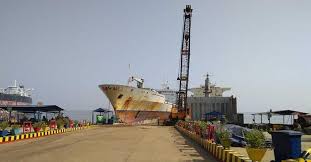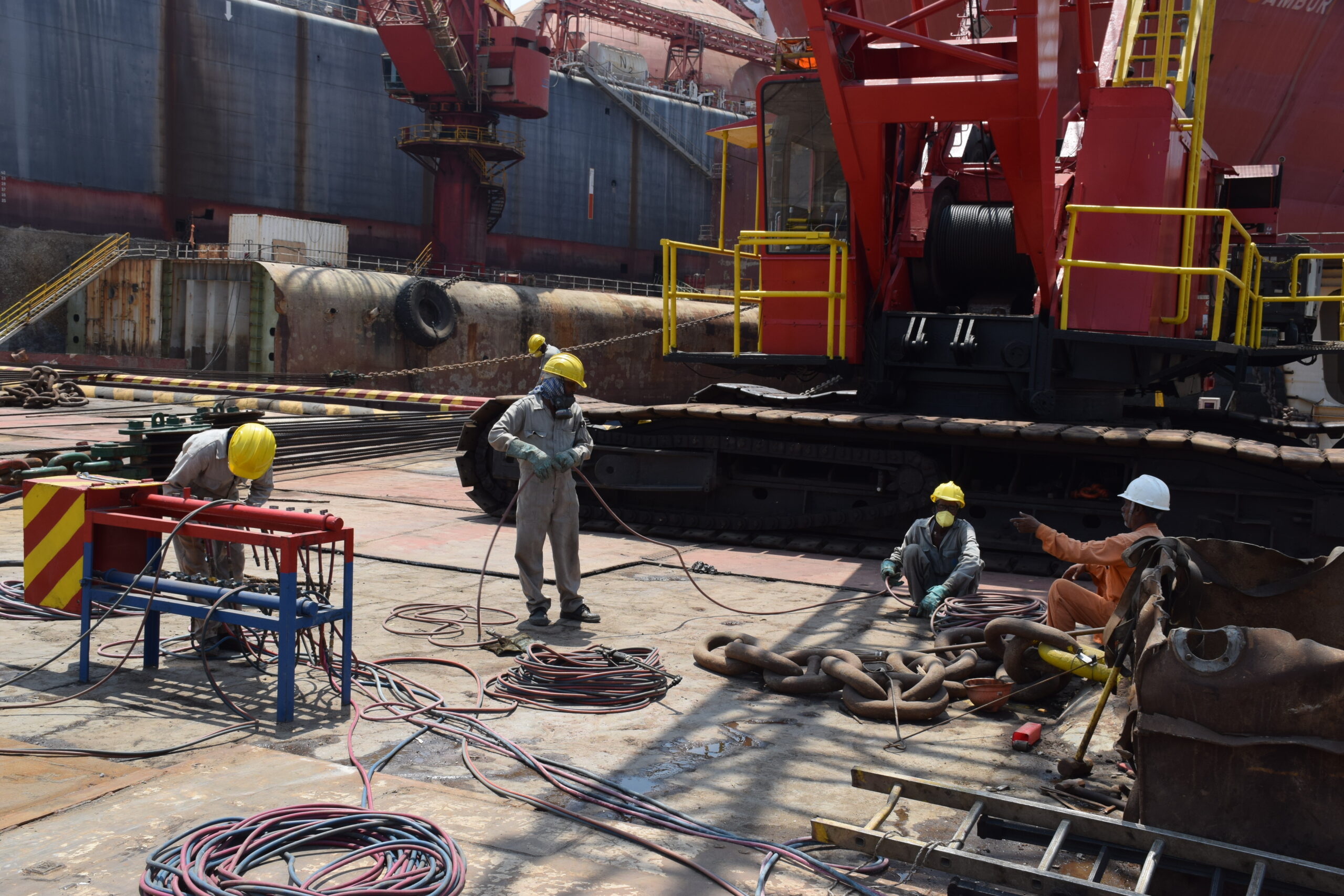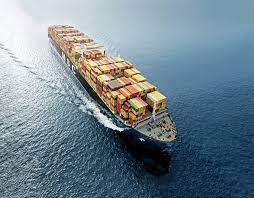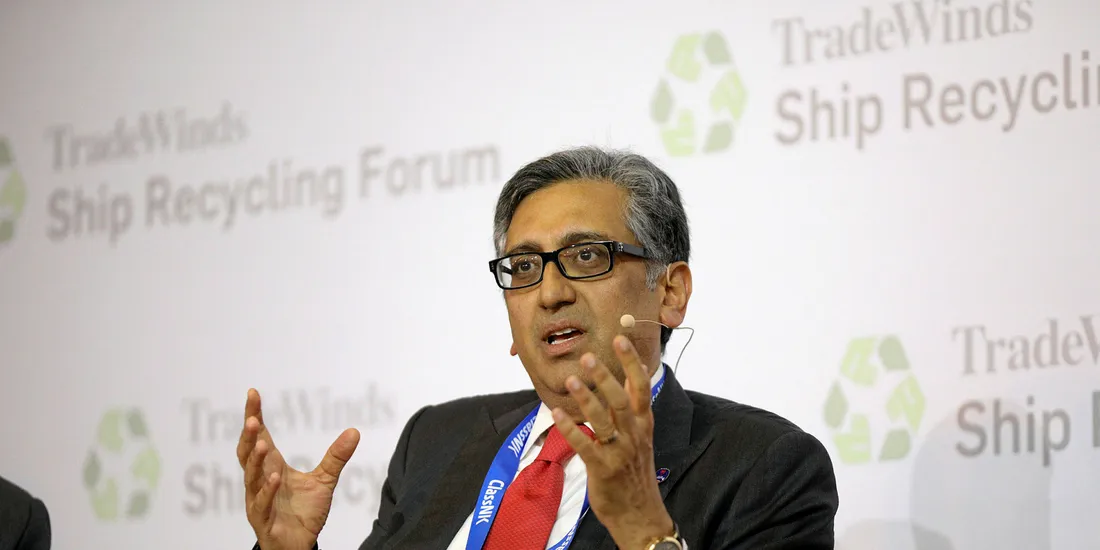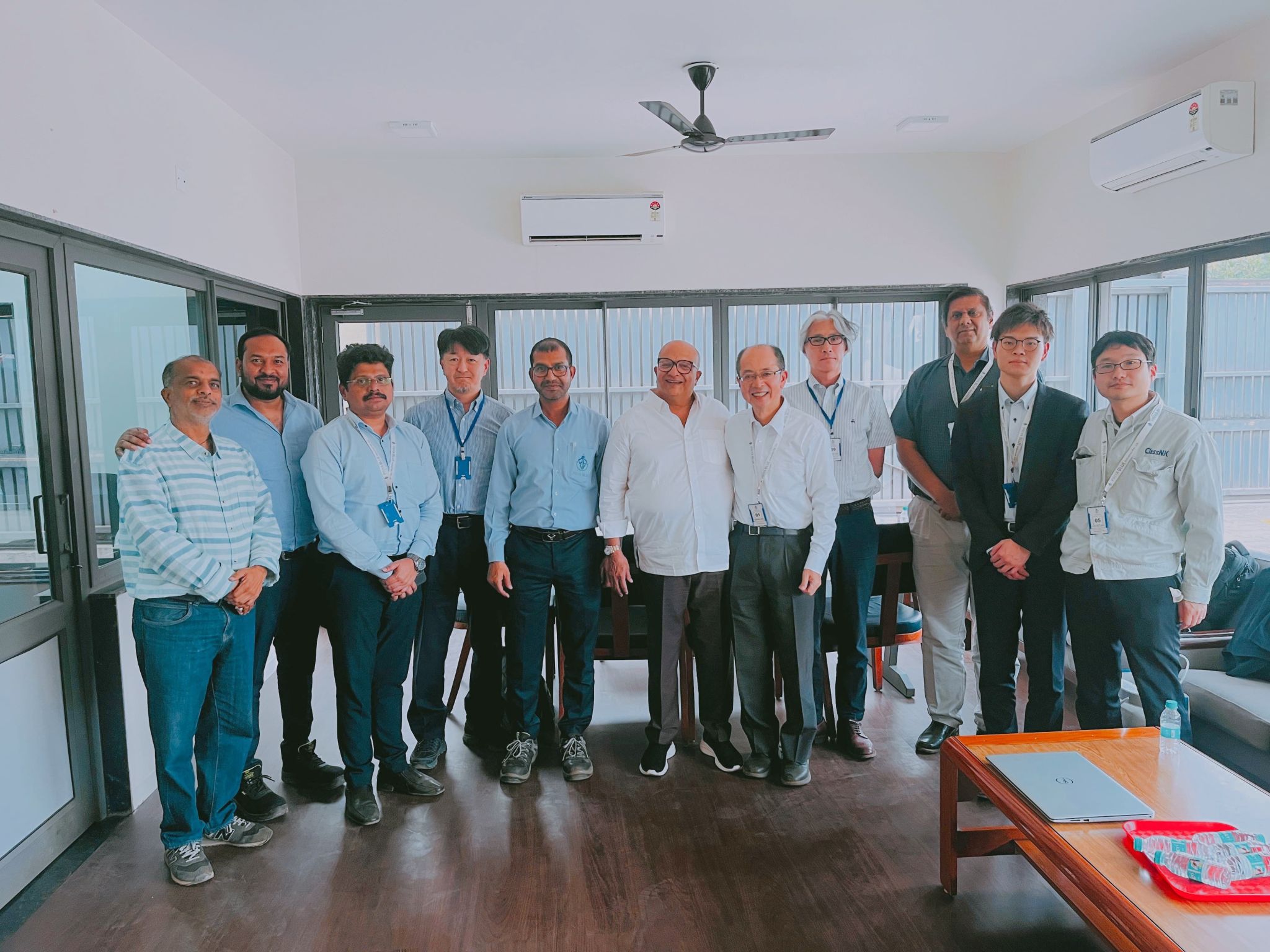Alang Ship Recycling Market Enters Deep Correction Phase Amid Plunging Steel Prices and Weak Sentiment: STAR ASIA

Alang, October 2025 — A leading cash buyer for ships sending for recycling, STAR ASIA, in their weekly ship recycling market report, opined that the Alang ship recycling market has been hit by a wave of pessimism this week, with domestic steel prices taking a sharp fall and overall sentiment turning distinctly bearish. The downturn, driven by abnormal tanker sales concluded at steeply discounted levels, has effectively reset market benchmarks and cast a long shadow over the weeks ahead.
The correction, which many industry observers are calling the sharpest in months, has not only dragged down vessel prices but also exposed widening disparities between compliant and non-compliant recycling operations. Sources at the yard confirm that several recent tanker deals have been concluded well below prevailing market averages, with some even dropping beneath the psychological barrier of US$400 per light displacement ton (LDT) — a level not seen for several months.
Adding to the concern, these vessels are reportedly being recycled through non-HKC (Hong Kong Convention) compliant yards, where lower production costs and less stringent environmental controls are giving them a temporary competitive edge. While this has boosted their short-term output, it has also deepened the divide between compliant and non-compliant recyclers — a tension that continues to shape the landscape at Alang.
Industry data suggests that non-HKC compliant yards are currently achieving a daily production of around 300–350 tons, nearly double the 150–200 tons typical of HKC-compliant facilities. The resulting cost differential has placed environmentally responsible recyclers at a disadvantage during a time when margins are under acute pressure.
Seasonal Demand Fails to Materialize
Traditionally, the months of October and November mark the beginning of a strong demand phase for the Indian steel market, following the slowdown caused by the monsoon and the festive holidays. Infrastructure projects, construction activity, and industrial output typically rebound during this period, driving steel consumption upward.
However, this year’s market trajectory has defied expectations. Despite the seasonal shift, demand for re-rolled and re-melted steel products has remained tepid. Recyclers say that orders from re-rolling mills have slowed substantially, and inventories are building up across several regions. With prices continuing to slide, optimism that typically accompanies this time of year has been replaced by growing caution.
Current indications show that standard bulkers are now trading below US$400/LDT, with some offers hovering closer to US$390/LDT. Tankers have also corrected to the US$410–420/LDT range, while general cargo and container vessels are attracting prices in the US$390–440/LDT band, depending on size, condition, and residual value.
Market participants now believe that the correction is not just a short-term fluctuation but part of a broader, sustained downcycle. Several local recyclers have paused new purchases, waiting for clarity on steel trends and currency stability before committing to further acquisitions.
Rupee Volatility Adds Pressure
Compounding the industry’s difficulties is the volatility of the Indian rupee, which has been under sustained pressure against the U.S. dollar. The currency recently touched record lows, making it Asia’s weakest performer so far this year.
Foreign outflows, concerns over new potential U.S. tariffs, and subdued investor sentiment have weighed heavily on the rupee. However, some respite emerged toward the weekend as the Reserve Bank of India (RBI) intensified its efforts to stabilise the exchange rate.
Reports indicate that the RBI has been building short dollar positions worth at least US$15 billion in the non-deliverable forwards (NDF) market — marking a significant return to this strategy after a year of relative quiet. By acting in the offshore market, the RBI can influence rupee movements without directly depleting its foreign reserves.
Sources close to the matter note that the central bank has been particularly active in the one-month NDF segment, intervening when the rupee neared ₹89 per U.S. dollar, often even before domestic markets opened. RBI Governor Sanjay Malhotra reaffirmed the bank’s readiness to take “appropriate steps” to manage volatility, emphasising that rupee stability remains a priority for India’s macroeconomic resilience.
Anchorage and Beaching Update – Alang
As of October 2025, the Alang yard is handling a mix of tankers, barges, bulkers, and cargo vessels, though several remain under arrest or awaiting beaching. The BOW CEDAR, a 1995-built Norwegian tanker of 11,104 LDT, was successfully beached on October 9, fetching around US$937/LDT, including significant stainless steel and bunker residues — one of the few high-value deals of the month.
Other arrivals include SHAURYA II and LADY L, both beached earlier in the month, while several others like JOSH, JAMAL, and AE GAS are still awaiting final clearance. The arrested vessels CONICO ATLAS and NIRVANA remain docked, pending legal outcomes.
Regional Overview
Chattogram, Bangladesh
In Bangladesh, the week was characterized by inactivity and subdued confidence, though prices held relatively stable compared to India. The market remains supported by the scarcity of available tonnage but is constrained by a weakening taka and limited cash liquidity among buyers.
Local recyclers have shown preference for tankers and bulkers in the 7,000–10,000 LDT range, but the ongoing volatility in steel and forex markets has curbed aggressive bidding. Adding to the frustration, yards that have recently upgraded to meet HKC compliance standards find themselves with idle capacity due to the lack of ships being offered for sale globally.
Beaching activity was limited, with ASIAN ENTERPRISE (9,016 LDT) being one of the few vessels processed this week. NIGATA TRADER remains awaiting clearance, while older tonnage like DK 03 remains under arrest.
Gadani, Pakistan
Pakistan’s Gadani market maintains a marginally better tone than India’s but continues to face economic uncertainty, especially regarding the pending International Monetary Fund (IMF) tranche release.
Despite stable domestic steel prices, recyclers have preemptively lowered offers amid concerns about liquidity and regulatory bottlenecks. Only a handful of yards possess provisional DASR certification, restricting operational throughput. As a result, activity levels remain thin, and many recyclers are operating well below capacity.
Aliaga, Turkey
The Turkish market remained largely unchanged this week, with prices holding steady despite fluctuating import costs. Local steel demand continues to face headwinds, and domestic sales remain sluggish. However, some participants expect mild improvement in the coming months, particularly after Ukraine’s exemption from EU steel import tariffs, which could open new export avenues for Turkish mills.
Ship Recycling Market Snapshot
| Destination | Tankers | Bulkers | MPP/General Cargo | Containers | Sentiment / Trend |
|---|---|---|---|---|---|
| Alang (India) | 410–420 | 400–410 | 390–400 | 430–440 | Weak / Falling |
| Chattogram (Bangladesh) | 420–430 | 400–410 | 390–400 | 440–450 | Stable / Neutral |
| Gadani (Pakistan) | 430–440 | 420–430 | 400–410 | 420–430 | Stable / Uncertain |
| Aliaga (Turkey) | 280–290 | 260–270 | 250–270 | 280–290 | Stable / Neutral |
(All prices in USD per light displacement ton, long ton basis. Figures represent net yard offers for standard Japanese/Korean-built trading tonnage. Premiums may apply based on vessel condition, spares, and cargo history.)
Five-Year Historical Perspective
A look at five-year historical price data underscores the extent of the ongoing correction. In 2021 and 2022, Alang saw average prices exceed US$575–590/LDT, fueled by robust steel demand and limited tonnage. Today’s figures, averaging around US$400/LDT, mark a decline of nearly 30% from those highs.
| Year | Alang | Chattogram | Gadani | Aliaga |
|---|---|---|---|---|
| 2020 | 335 | 350 | 370 | 200 |
| 2021 | 575 | 580 | 590 | 280 |
| 2022 | 590 | 610 | 580 | 320 |
| 2023 | 550 | 460 | 510 | 300 |
| 2024 | 470 | 470 | 480 | 320 |
Outlook
For now, market participants are bracing for a prolonged soft patch. With steel demand failing to rebound post-monsoon and the rupee remaining volatile, most expect further price adjustments before any meaningful recovery.
While non-HKC recyclers may enjoy a temporary advantage through lower operational costs, the long-term sustainability of such operations remains in question. Industry leaders emphasize that compliance with international environmental standards is essential for maintaining credibility and accessing high-quality tonnage in the future.
Unless a sudden surge in steel consumption or vessel supply materializes, the Alang ship recycling market seems poised to navigate through several more weeks — if not months — of turbulence.
Author: shipping inbox
shipping and maritime related web portal




